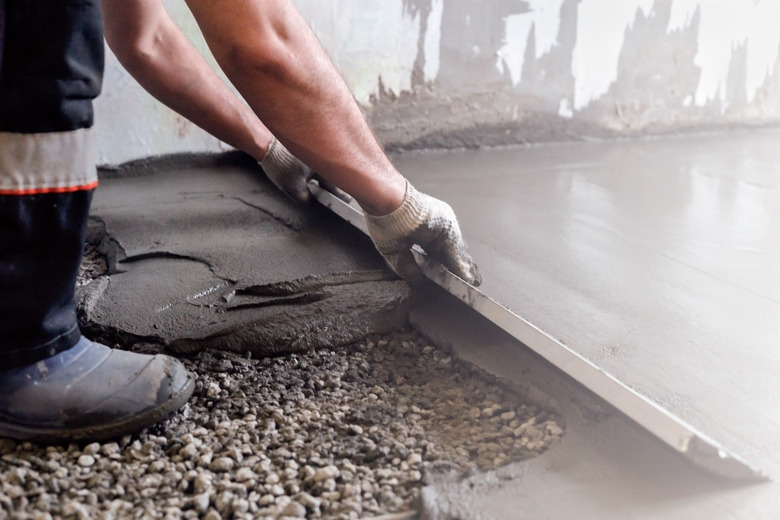Types Of Composite Materials
A composite material is one composed of two or more components combined in a way that allows the materials to stay distinct and identifiable. Both components add strength to a composite, and the combination often compensates for weaknesses in the individual components. Composites are not the same as alloys, such as brass or bronze. Alloys are formed in such a way that it is impossible to tell one component from the other. Some common composite materials include concrete, fiberglass, mud bricks, and natural composites such as rock and wood.
Types of Composites
Types of Composites
Composite materials are usually classified by the type of reinforcement they use. This reinforcement is embedded into a matrix that holds it together. The reinforcement is used to strengthen the composite. For example, in a mud brick, the matrix is the mud and the reinforcement is the straw. Common composite types include random-fiber or short-fiber reinforcement, continuous-fiber or long-fiber reinforcement, particulate reinforcement, flake reinforcement, and filler reinforcement.
Mud Building Bricks
Mud Building Bricks
Mud building bricks are examples of a composite material invented by ancient humans. A brick formed only with mud is sturdy and resistant to compression, but it has little flexibility, and it can break if bent. Straw has excellent tensile strength, meaning that it resists stretching. By combining both straw with mud, ancient humans were able to create composite bricks that could remain flexible while supporting weight and resisting compression.
Concrete and Reinforced Concrete
Concrete and Reinforced Concrete
Concrete is a composite material made of cement, sand, stones and water. A chemical reaction that occurs when you combine these materials makes concrete stronger than any one of its components. Concrete is commonly used in building and road construction. When you add reinforced steel rods to the concrete, you create another composite with greater strength and flexibility called reinforced concrete.
Fiberglass
Fiberglass
Fiberglass is made of tiny glass shards held together by resin and other components. In the automotive industry, fiberglass is important for making body kits. The body shell for a car is made up of different layers of fiberglass, such as a gel-coat layer, tissue layer, matting and cloth. The final product is a complete, waterproof, lightweight and strong body kit. Fiberglass can also be a less expensive alternative to other materials.
Natural Composites
Natural Composites
Composites can be easily found in nature. Wood is an example of a composite because cellulose fibers are held together by a substance called lignin. These fibers can be found in cotton and thread, but it's the bonding power of lignin in wood that makes it much tougher. Certain types of large rocks can also be regarded as natural composites when they are composed of a variety of smaller rocks and minerals.
Cite This Article
MLA
Kennedy, David. "Types Of Composite Materials" sciencing.com, https://www.sciencing.com/types-composite-materials-5868282/. 20 April 2018.
APA
Kennedy, David. (2018, April 20). Types Of Composite Materials. sciencing.com. Retrieved from https://www.sciencing.com/types-composite-materials-5868282/
Chicago
Kennedy, David. Types Of Composite Materials last modified March 24, 2022. https://www.sciencing.com/types-composite-materials-5868282/
